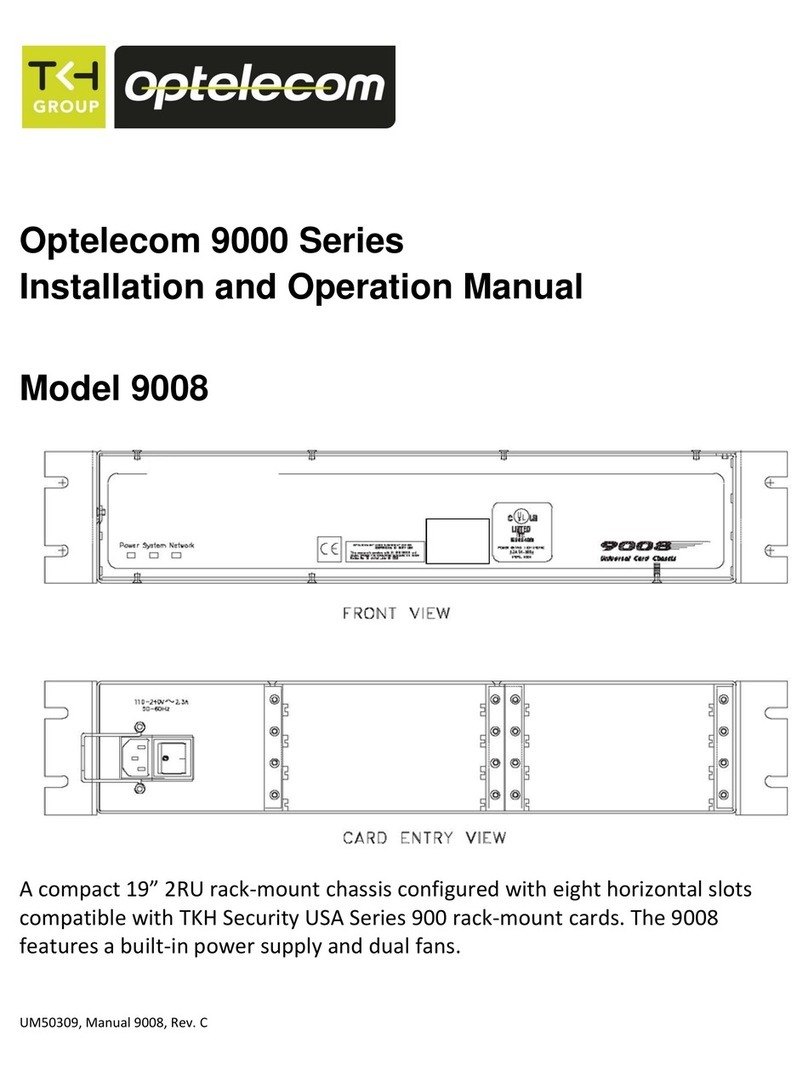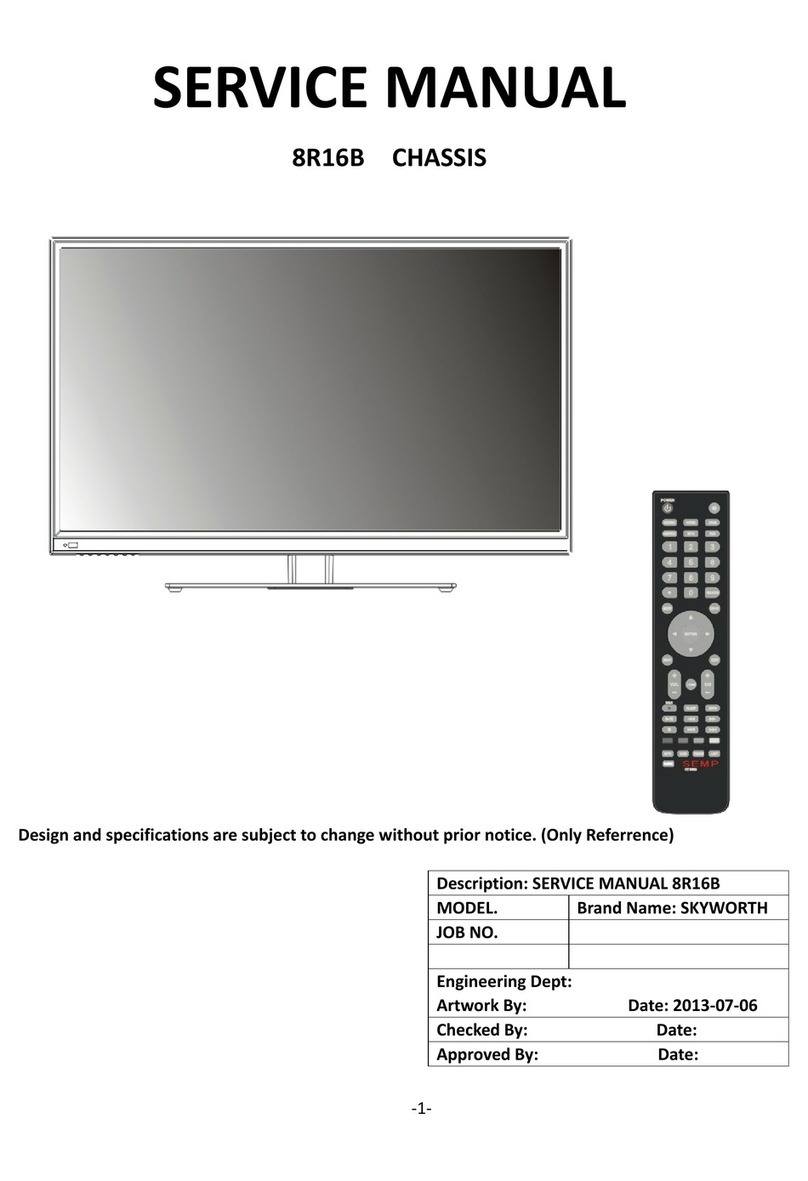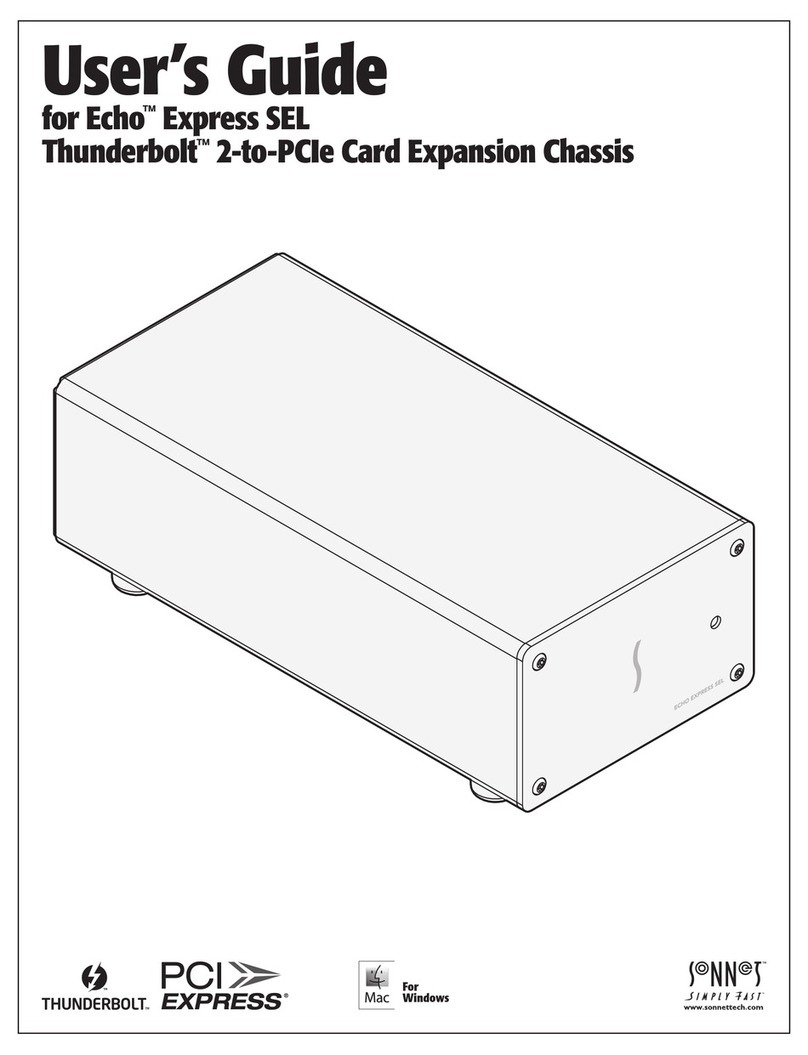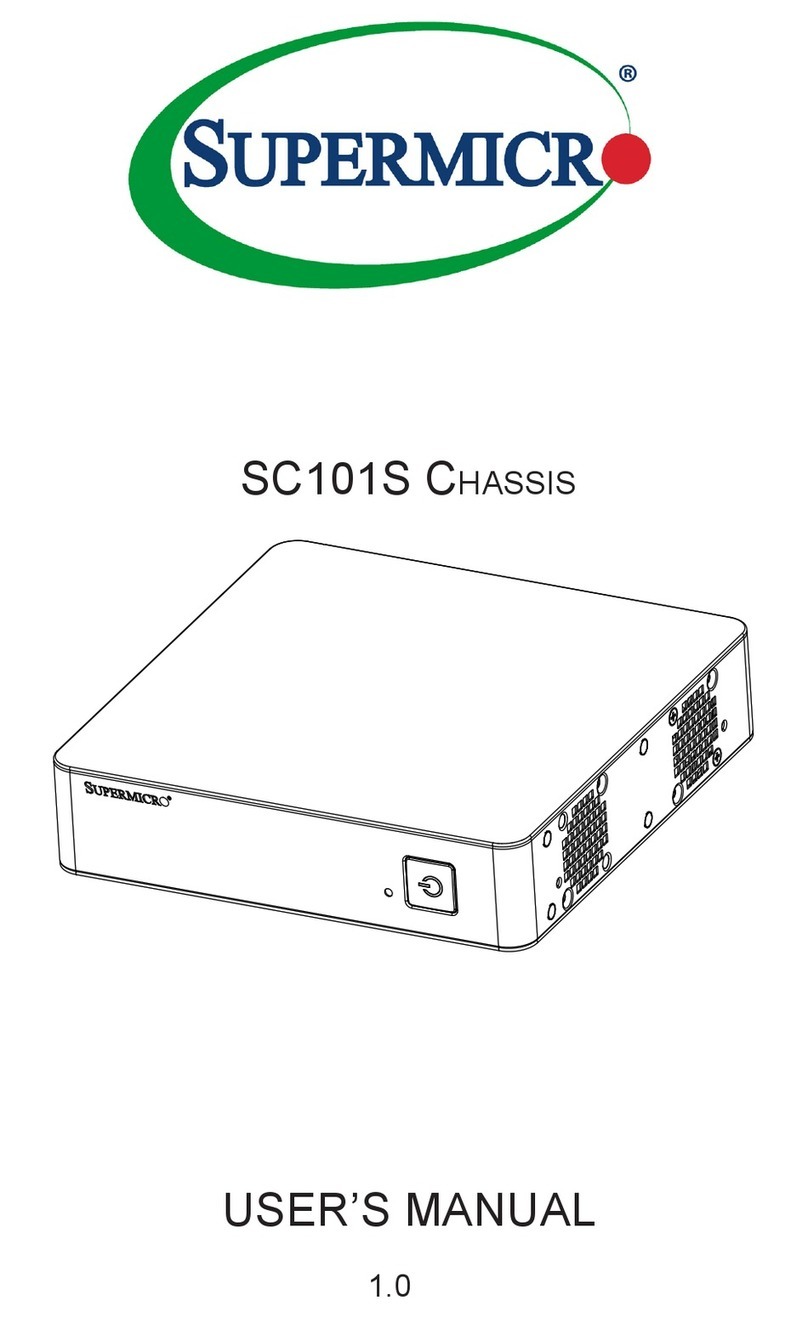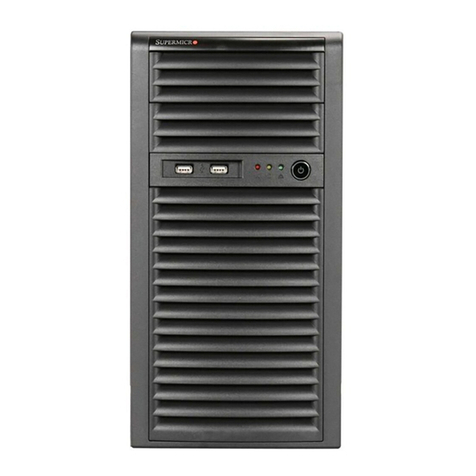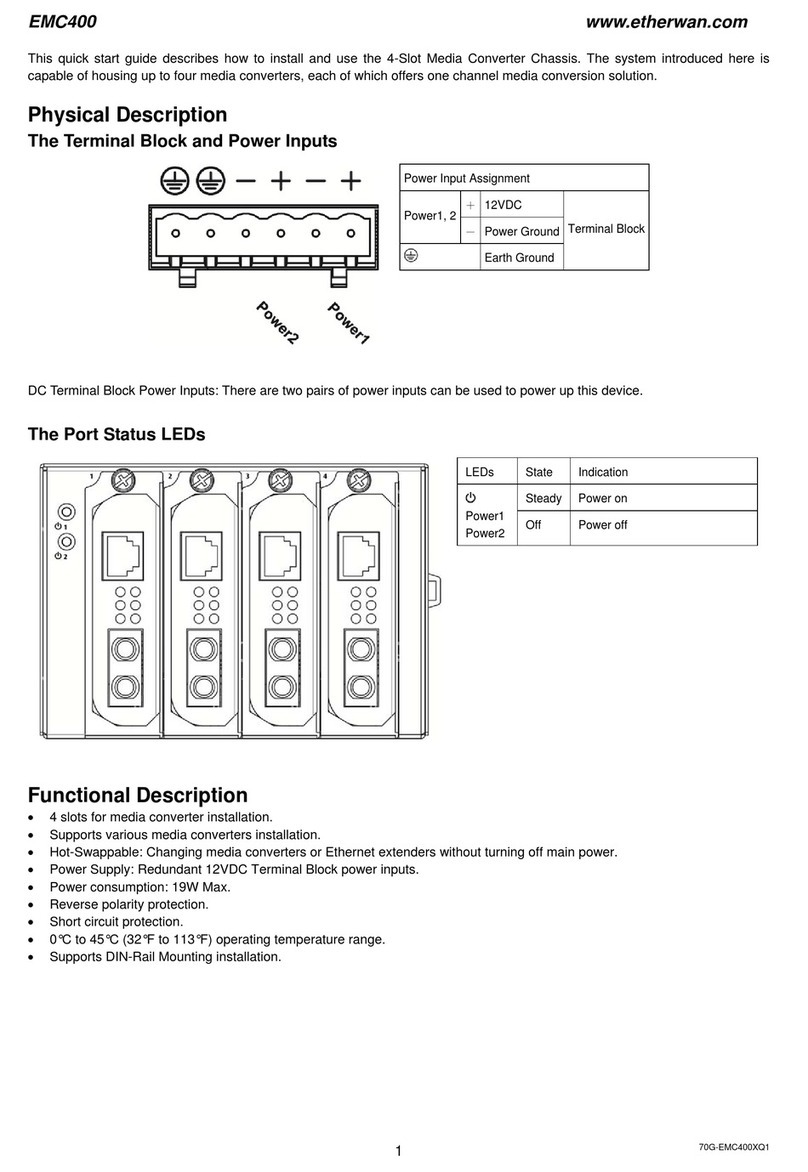TKH Optelecom 9000 Series User manual

Optelecom 9000 Series
Installation and Operation Manual
Model 9900-SNMP
9900-SNMP software includes Optelecom’s enterprise MIB files. These files are
used with SNMP management software. The MIB files do not include SNMP
management software. The MIB files contain information associated with the
Optelecom plug-in cards for the Optelecom Series 9000 chassis that is required
for an SNMP management package to communicate with the 9942A
Management Card via Ethernet.
UM50380, Manual 9900-SNMP, Rev. D


4
Software Use Agreement
PLEASE, READ THIS SOFTWARE LICENSE AGREEMENT CAREFULLY BEFORE DOWNLOADING,
INSTALLING, OR USING THE SOFTWARE.
By downloading or installing this software of TKH Security USA or its subsidiaries, you agree to the following
terms and conditions. If you do not agree with such terms and conditions, do not download or use the software.
Click the "Cancel" button and the installation process will discontinue.
DISCLAIMER OF WARRANTIES: YOU AGREE THAT TKH SECURITY USA HAS MADE NO EXPRESS WARRANTIES
TO YOU REGARDING THE SOFTWARE AND THAT THE SOFTWARE IS BEING PROVIDED TO YOU "AS IS"
WITHOUT WARRANTY OF ANY KIND. TKH SECURITY USA DISCLAIMS ALL WARRANTIES WITH REGARD TO
THE SOFTWARE, EXPRESS OR IMPLIED, INCLUDING, WITHOUT LIMITATION, ANY IMPLIED WARRANTIES OF
FITNESS FOR A PARTICULAR PURPOSE, MERCHANTABILITY, MERCHANTABLE QUALITY, OR
NONINFRINGEMENT OF THIRD PARTY RIGHTS.
TKH Security USA has made every effort possible to ensure that the software is free of any bugs or errors;
however, in no way is this software to be considered error- or bug free.
LIMIT OF LIABILITY: IN NO EVENT WILL OPTELECOM-USA BE LIABLE TO YOU FOR ANY LOSS OF USE,
INTERRUPTION OF BUSINESS, OR ANY DIRECT, INDIRECT, SPECIAL, INCIDENTAL, OR CONSEQUENTIAL
DAMAGES OF ANY KIND (INCLUDING LOST PROFITS) REGARDLESS OF THE FORM OF ACTION WHETHER IN
CONTRACT, TORT (INCLUDING NEGLIGENCE), STRICT PRODUCT LIABILITY OR OTHERWISE, EVEN IF
OPTELCOM-NKF HAS BEEN ADVISED OF THE POSSIBILITY OF SUCH DAMAGES.

5
Functional Description
The 9900-SNMP Management Software Interface package includes TKH Security USA’s enterprise MIB files.
These files are used with SNMP management software. The MIB files contain information associated with the
TKH Security USA plug-in cards for the Series 9000 chassis that is required for an SNMP management package
to communicate with the TKH Security USA management cards via Ethernet.
NOTE: This package does not include the SNMP management software.

6
Operation of SNMP Management Software
Note: This section requires a basic understanding of SNMP protocol and management concepts.
Use of the SNMP software requires the installation of 9942A management cards in each chassis to be managed
via SNMP. The 9942A SNMP management card monitors and manages cards on one or more Series 9000
chassis via Ethernet connections to the PC running the SNMP manager software.
The 9942A SNMP agent communicates with any off-the-shelf SNMP Manager software that supports the
SNMPv1 or SNMPv2c standards. Examples of such software applications include SNMPc, MGSoft, and HP
OpenView. The details of the SNMP manager configuration vary from one vendor’s implementation to another.
You should refer to the manual of your SNMP manager software as you read the procedures described in this
section.
SET UP AND OPERATION CONSISTS OF THESE STEPS:
1. Configure each 9942A in your system for Ethernet operation. Refer to the 9942A manual for instructions on
configuration for SNMP operation.
2. If required, run the Management Upgrade Utility (MUU). Details can be found in the 9942A manual (see the
“Management Upgrade using the Management Upgrade Utility (MUU)” section).

7
Operation of SNMP Manager Software
Normally, the SNMP manager needs to be configured to operate with the TKH Security USA equipment using
the following generic steps:
Load and compile the TKH Security USA MIB files (OPTC-SMI.txt and OPTC-CHASSIS-MIB.txt) into your
SNMP manager application.
NOTE: You may need to change the file extension from ‘.txt’ to something that
your SNMP manager recognizes. For example, when using SNMPc, you should change MIB filenames to
OPTC-SMI.mib and OPTC-CHASSIS-MIB.mib.
Create an SNMP-entity node in the manager to identify the Series 9000 chassis (with the 9942A card) that
you wish to manage. Enter node properties such as IP address, SNMP version (SNMPv1 or SNMPv2c) and
community string (“public”).
Browse the standard MIBs under MIB-II and the various TKH Security USA MIB objects using the MIB
browser tools included in your SNMP manager software. You can view data items individually or in tabular
format.

8
Using the SNMP Agent
The following sections describe the MIB data supported by the 9942A SNMP agent and how to use the data to
manage the cards in an TKH Security USA Series 9000 chassis.
SNMP MIB DATA
The 9942A SNMP agent software provides management data that consists of both standard MIB data as well as
private enterprise MIB data.
STANDARD MIBS
The 9942A SNMP agent supports the following standard MIBs under MIB-II (RFC1213):
system
snmp
interfaces
ip, icmp
tcp
udp
TKH SECURITY USA SERIES 9000 CHASSIS MIB
The 9942A SNMP agent supports an TKH Security USA private enterprise MIB, the TKH Security USA Series
9000 Chassis MIB. This MIB provides the following management data:
Chassis Data
Chassis model number
Alarm level
Trap destination configuration
Generic Card Data
Card identification and overall alarm level
Applicable analog parameter information
Applicable status parameter information
Applicable control parameter information
Specific Card Data
•Information specific to particular card models such as 9984 Fiber Monitor & Switch Card (FMSC)
configuration information
Event Data
SNMP trap definitions for:
Chassis test trap event (to test SNMP sink configuration)
Card insertion/removal
Analog and status parameter alarm level events
Specific card events
The following subsections describe the major components of the TKH Security USA Series 9000 Chassis MIB.
Generic Card Table (optcGenCardTable)
The generic card table is indexed by ‘Slot index’. The slot index corresponds to a slot in the Series 9000 chassis.
Slot numbers in a Series 9000 chassis range from 0 to 20. Integer indices in SNMP are required to start from 1.
Therefore, the ‘Slot index’ object ranges in value from 1 to 21. Each row in the generic card table contains the
following information:

9
Slot index
Slot number
Slot status (empty/occupied)
Card width (number of slots occupied by the card)
Card model number
Card serial number
Card hardware revision
Card firmware revision
Number of power cycles applied to the card
Card uptime (in hours)
Overall card alarm level
Configuration save state (control variable to save configuration to card’s NVRAM)
Use defaults (control variable to set configuration parameters to default values)
Analog Table (optcAnalogTable)
The analog table contains information about analog parameters (if applicable) associated with cards present in
the Series 9000 chassis. The analog table is indexed by {Slot index, Analog index}. The Analog index uniquely
identifies an analog parameter among all analog parameters associated with a particular card. Each card can
have up to 6 analog parameters. Therefore, the analog index can range in value from 1 to 6. Each row in the
analog table contains the following information:
Slot index
Analog index
Slot number
Description of the analog parameter
Value (current value of the parameter, typically a floating point value)
Minimum Threshold (an alarm is generated if the parameter value falls below this threshold)
Maximum Threshold (an alarm is generated if the parameter value rises above this threshold)
Admin Alarm Level (user configurable alarm level for the parameter; can be one of Disabled, Info, Minor,
Major)
Operational Alarm Level (current alarm level evaluated by comparing current value with minimum and
maximum thresholds and checking the user-configured admin alarm level; can be one of Disabled, OK,
Info, Minor, Major)
Status Table (optcStatusTable)
The status table contains information about status parameters (if applicable) associated with cards present in
the Series 9000 chassis. The status table is indexed by {Slot index, Status index}. The Status index uniquely
identifies a status parameter among all status parameters associated with a particular card. Each card can have
up to 12 status parameters. Therefore, the status index can range in value from 1 to 12. Each row in the status
table contains the following information:
Slot index
Status index
Slot number
Description (of the status parameter)
State (current state of the parameter, for example, Present/Not Present)
Admin Alarm Level (user configurable alarm level for the parameter; can be one of Disabled, Info, Minor,
Major)
Operational Alarm Level (current alarm level evaluated using current state and user-configured admin
alarm level; can be one of Disabled, OK, Info, Minor, Major)

10
Control Table (optcControlTable)
The control table contains information about control parameters (if applicable) associated with cards present in
the Series 9000 chassis. The control table is indexed by {Slot index, Control index}. The Control index uniquely
identifies a status parameter among all control parameters associated with a particular card. Each card can
have up to 3 control parameters. Therefore, the control index can range in value from 1 to 3. Each row in the
status table contains the following information:
Slot index
Control index
Slot number
Description (of the control parameter)
State (user-configurable current state: can be one of set/clear)
Chassis Trap Sink Table
This MIB table allows the user to configure the destination (sink) and type of SNMP traps generated by the
9942A. Currently, the 9942A allows only one trap sink to be configured at a time. Therefore, the Trap Sink
Table has only one entry. This entry contains the following read/writable items:
IP address of the trap sink
TRAP PDU version to generate (SNMPv1 or SNMPv2)
Control variable to save the above settings to 9942A flash memory
Trigger variable to trigger the sending of a Chassis Test Event trap to the trap sink configured
SNMP OPERATIONS
This section describes the various management operations you can perform using the SNMP MIB data described
in the previous section.
GET CHASSIS STATUS
Chassis status includes the following information:
Alarm level (overall alarm level of chassis)
Model number
Trap sink (destination) configuration table (see section “Chassis Trap Sink Table”)
The above information can be obtained by doing SNMP Get operations on these objects. For example,
<snmpget> 192.168.0.80 public chassisModelNumber.0
where,
<snmpget> is the SNMP get command for your SNMP manager
192.168.0.80 is the IP address of the 9942A
‘public’ is the community string
chassisModelNumber.0 is the Object Identifier
GET GENERIC CARD INFORMATION
Common information about each slot and card in the chassis is obtained from the genCardTable MIB table. You
can view the entire table all at once using the appropriate command of your SNMP manager. If you want
generic card information for only one slot/card, for example a card in slot 0, do an SNMP Get for that particular
slot index (1).
To get the model number for the power supply card in slot 0:
<snmpget> 192.168.0.80 public genCardModel.1
To get how many slots the power supply card in slot 0 occupies:
<snmpget> 192.168.0.80 public genCardSlotWidth.1

11
GET ANALOG AND STATUS PARAMETER INFORMATION
A Series 9000 chassis compatible card typically has one or more analog and status parameters associated with
it. You can retrieve this information from the Analog and Status MIB tables. For example, if you want to get the
description of the first analog parameter of a card in slot 0, you can use the following command:
<snmpget> 192.168.0.80 public analogDesc.1.1
SET CONTROL PARAMETER VALUES
A Series 9000 chassis compatible card may have one or more control parameters associated with it. You can set
the control parameters using the Control MIB Table. For example, if you want to set the value of the first
control parameter of a card in slot 0, you can use the following command:
<snmpset> 192.168.0.80 public controlVal.1.1 = set
CONFIGURE ALARM LEVELS AND THRESHOLDS
Each analog and status parameter can be configured with an alarm level (Disabled, Info, Minor, Major). The
user can set this alarm level using:
AnalogAdminAlarmLevel
object in the Analog MIB table for analog parameters
StatusAdminAlarmLevel
object in the Status MIB table for status parameters
Analog parameters also can be configured with corresponding minimum and maximum threshold values. When
the analog parameter values cross these thresholds (with hysteresis boundaries of +/-3%), the 9942A SNMP
agent generates traps. The thresholds can be configured using the following objects in the Analog MIB table:
AnalogValMinThresh
AnalogValMaxThresh
To save the alarm level and threshold values permanently in the corresponding card’s NVRAM:
Set the
genCardConfigSaveState
object in the Generic Card table to
‘saving’
Get the
genCardConfigSaveState
. The value should read
‘save complete’
RECEIVE SNMP TRAPS
The 9942A supports both SNMPv1 and SNMPv2 trap Product Data Unit (PDU) generation. The following SNMP
traps are generated by the 9942A:
1. Standard Traps
•Cold Start
2. TKH Security USA Enterprise Traps
Chassis Test Event: user triggered trap to test configuration of trap sink (destination)
Generic Card Events (
genCardInserted, genCardRemoved
): card insertion and removal from chassis
Analog and Status Alarm Events: The 9942A SNMP agent generates traps corresponding to the alarm
levels of the various analog and status parameters.
To receive traps, the user should configure the following objects in the
chassisTrapSinkTable
:
1. Set
trapSinkIpAddr.1
to the IP address of your SNMP manager that can receive and process SNMP trap
PDUs
2. Set
trapSinkVersion.1
to ‘v1’ to receive SNMPv1 trap PDUs or ‘v2’ to receive SNMPv2 TRAP PDUs
3. Set
trapSinkDataSaveState.1
to
‘saving’
4. Get trapSinkDataSaveState.1. The value should read
‘save complete’
5. Set
trapSinkTestTrapTrigger.1
to
‘send’
. Your SNMP manager should receive an SNMP trap event called
‘chassisTestEvent’
from the 9942A.
Steps 3 and 4 configure the trap sink information in the 9942A SNMP agent and also save the information in
9942A flash memory.

TKH Security Solutions
www.tkhsecurity.com
Siqura B.V.
Zuidelijk Halfrond 4 • 2801 DD Gouda
The Netherlands
Telephone: +31 182 592 333
Fax: +31 182 592 123
E-mail: sales.nl@tkhsecurity.com
TKH Security Solutions USA
12920 Cloverleaf Center Drive • Germantown
Maryland 20874 USA
Telephone: +1 301 444 2200
Toll Free: +1 800 293 4237
Fax: +1 301 444 2299
E-mail: sales.us@tkhsecurity.com
Other manuals for Optelecom 9000 Series
2
This manual suits for next models
1
Table of contents
Other TKH Chassis manuals
Popular Chassis manuals by other brands
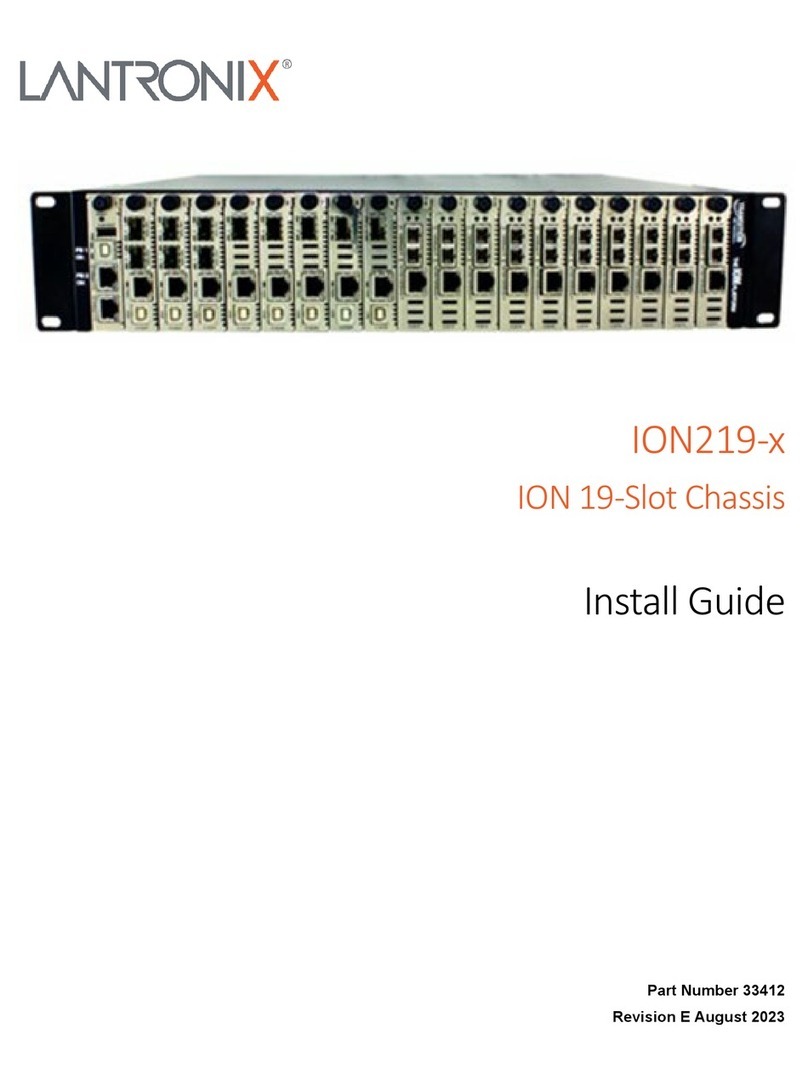
Lantronix
Lantronix ION219 Series install guide
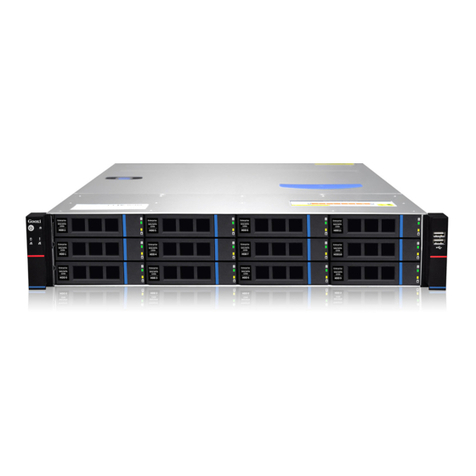
Gooxi
Gooxi RMC2112-670-HSE user manual
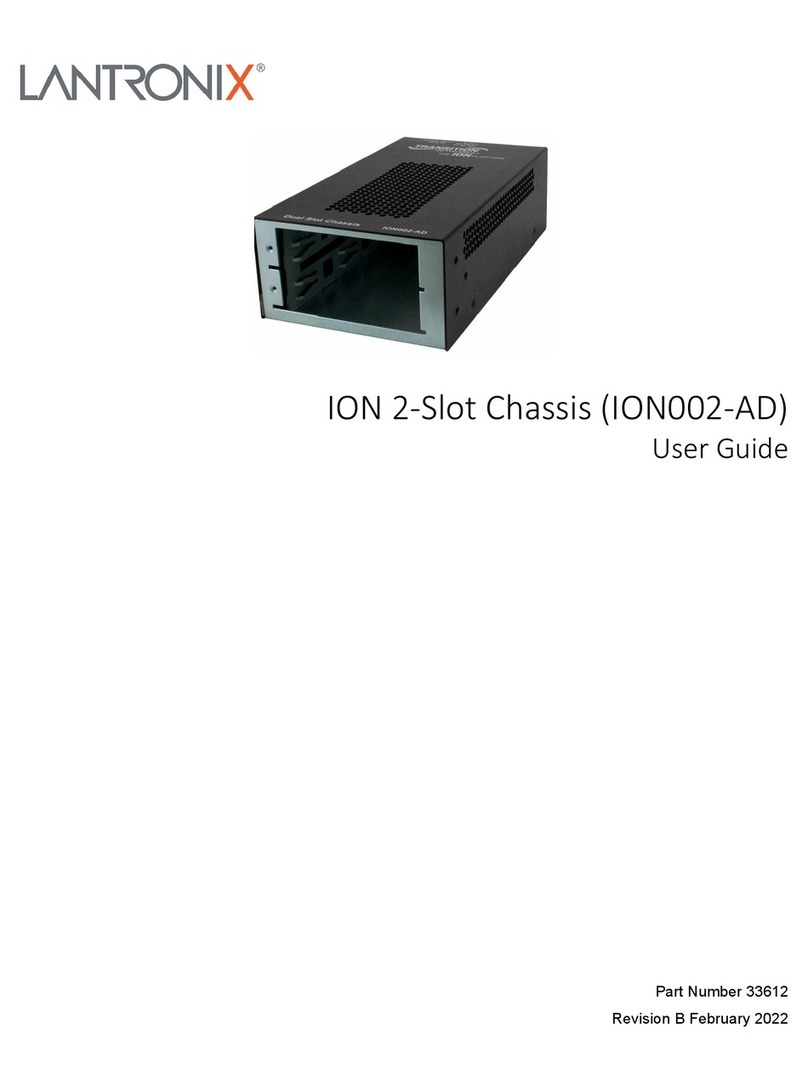
Lantronix
Lantronix ION002-AD user guide
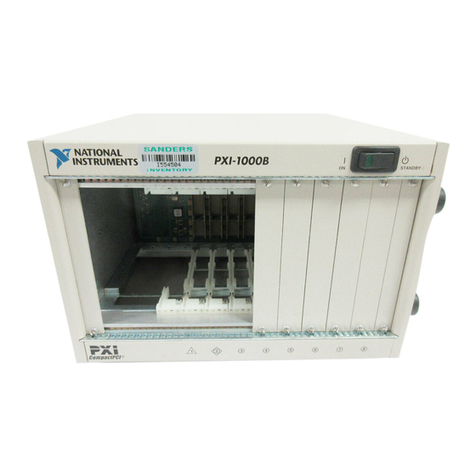
National Instruments
National Instruments PXI 1000B installation guide

Chenbro
Chenbro RM245 Series user manual
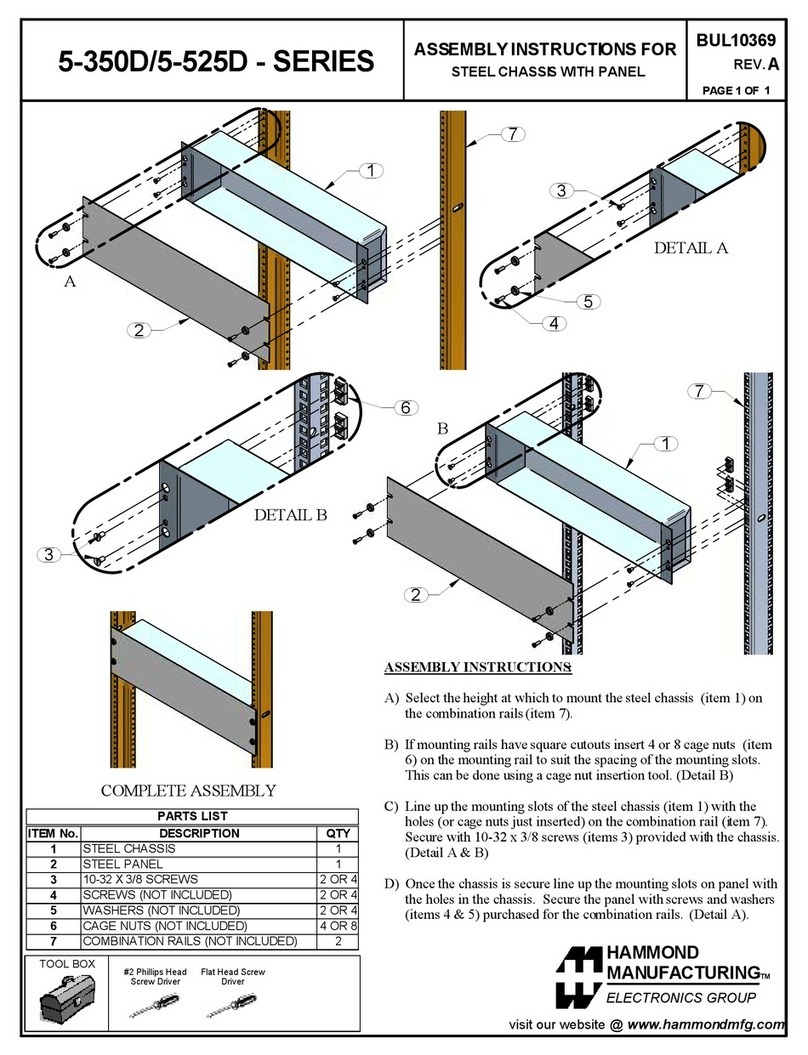
Hammond Manufacturing
Hammond Manufacturing 5-350D Series Assembly instructions
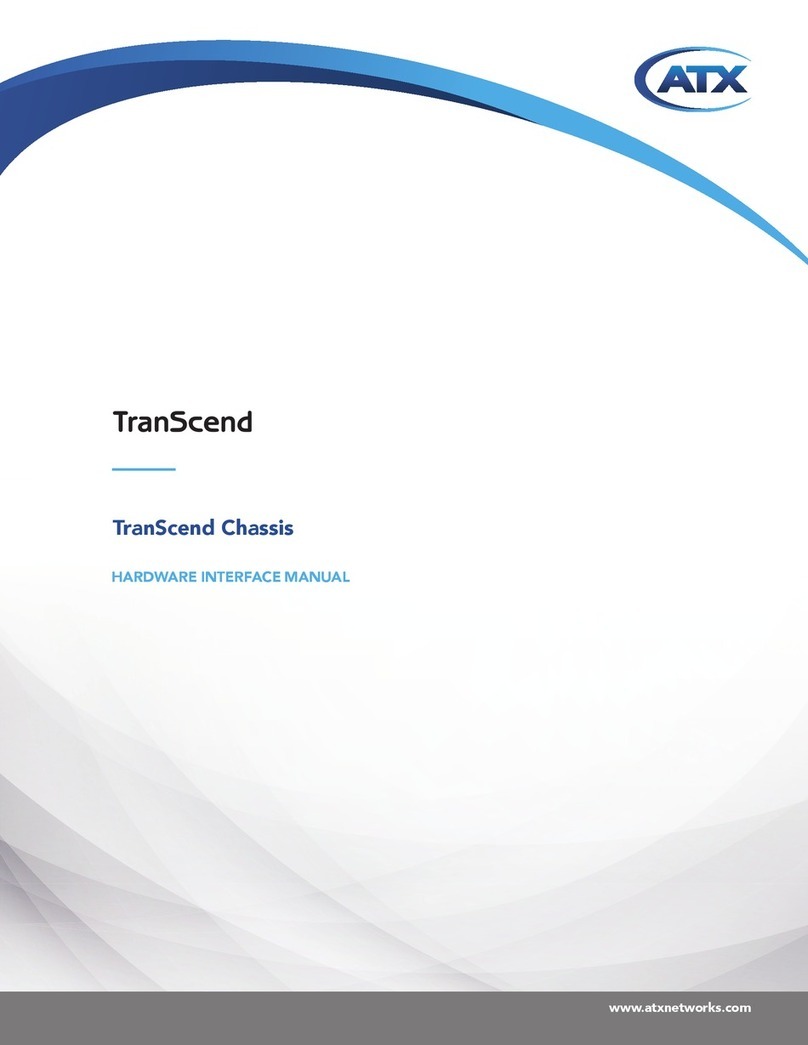
ATX
ATX TranScend Hardware Interface Manual
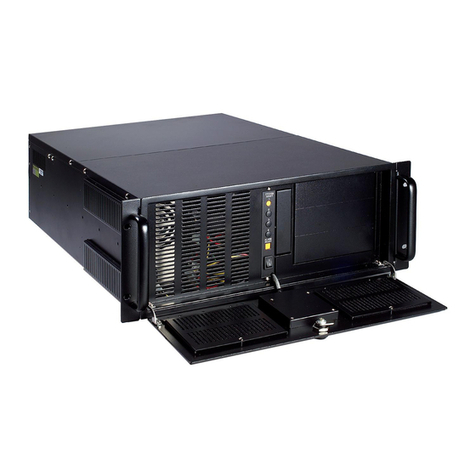
Advantech
Advantech IPC-623 Series user manual

National Instruments
National Instruments PXI Express NI PXIe-1065 user manual
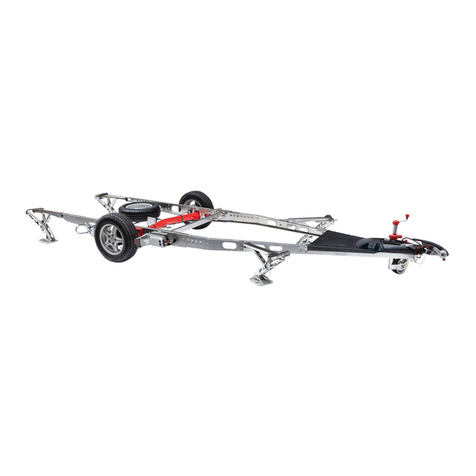
AL-KO
AL-KO CARAVAN CHASSIS Handbook
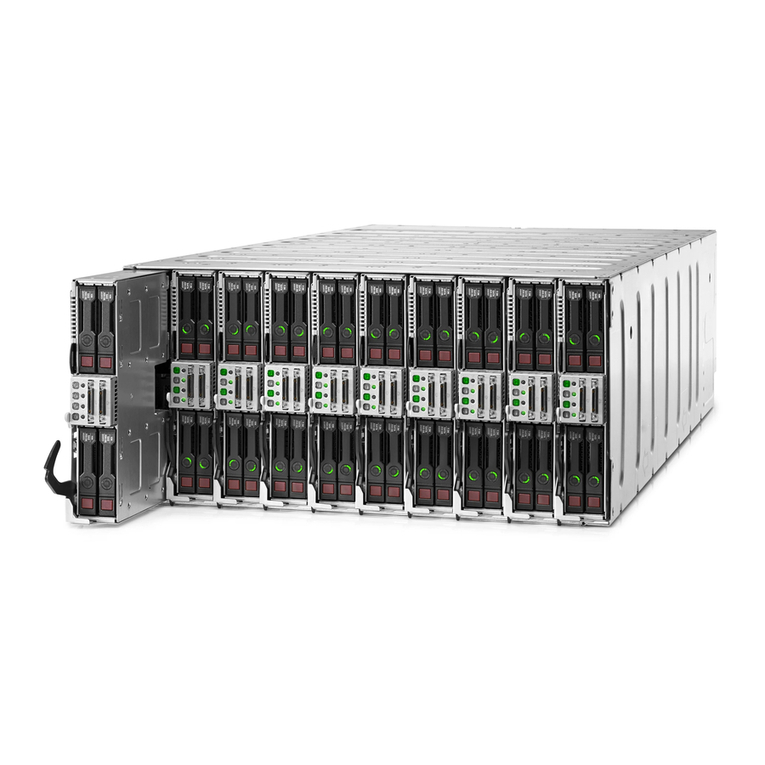
HP
HP Apollo a6000 Setup and installation guide
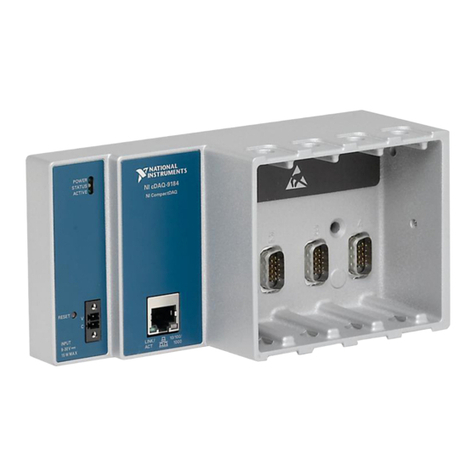
National Instruments
National Instruments NI cDAQ-9184 quick start

